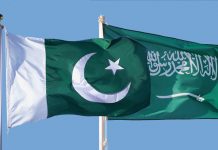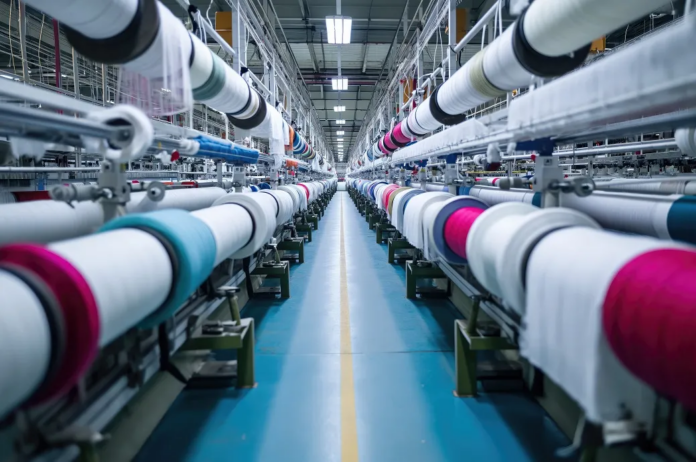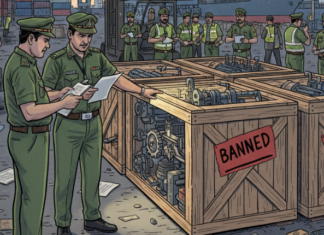KARACHI: Pakistan’s textile sector posted an 11.1% year-on-year (YoY) increase in exports for April 2025, reaching $1.44 billion compared to $1.3 billion in the same month last year, according to data released by the State Bank of Pakistan (SBP). On a month-on-month (MoM) basis, textile exports were marginally higher, recording a 0.042% increase from $1.443 billion in March 2025.
The increase comes amid an overall slowdown in exports from other sectors and further cements textiles’ position as the backbone of Pakistan’s export economy. In April, the textile group alone contributed 55.3% of the country’s total exports.
Cumulatively, textile exports during the first ten months of the current fiscal year (10MFY25) stood at $14.48 billion, up 6.8% from $13.56 billion in the corresponding period last year (10MFY24).
The April 2025 data shows a mixed trend across major textile categories. Knitwear remained the largest contributor in terms of value, clocking in at $360 million. However, it registered a decline of 5.3% YoY, indicating softness in demand or pricing pressures in key markets like the US and EU.
Meanwhile readymade Garments followed closely at $350 million, recording a healthy 5.6% YoY increase. Analysts attribute this growth to enhanced order flows and new product lines that are capturing demand in European markets.
Bedwear exports came in at $270 million, growing by 13.4% YoY—one of the strongest performances among textile categories. Exporters cite a post-winter inventory replenishment cycle in Western markets as a key factor driving demand for home textile products. Towels, cotton cloth, and other value-added products also contributed to the April export figures, though category-specific data was not disclosed in the SBP’s latest release.
The textile sector’s recovery is underpinned by improving macroeconomic stability, rupee appreciation, and falling global shipping costs. A decline in global cotton prices has also provided input cost relief to manufacturers.
Exporters have credited the continued performance to steady energy supply and timely clearance of sales tax refunds, which had historically hampered liquidity for textile manufacturers. However, the sector continues to demand regionally competitive electricity and gas tariffs to maintain its momentum.
With just two months remaining in the fiscal year, textile exporters remain cautiously optimistic. The sector is hoping to close the year with export figures approaching or surpassing $17 billion, aided by increased orders ahead of the Western holiday season and continued policy support from the government.
However, risks remain in the form of global demand uncertainty, competition from regional players like Bangladesh and Vietnam, and Pakistan’s own fiscal constraints, which could limit future subsidies or policy incentives.
























